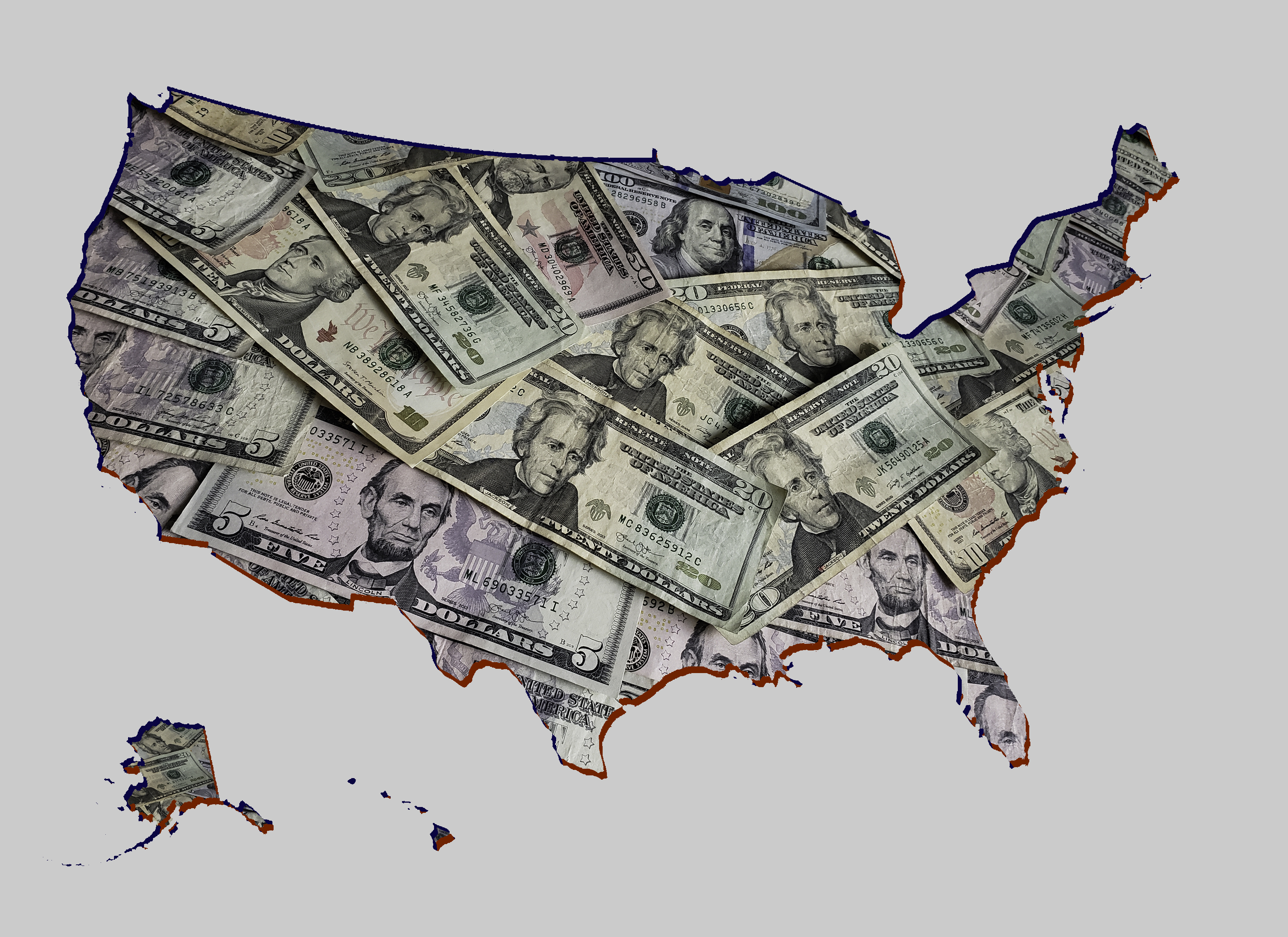Decoding Your 401(k) Fees
Soon you’ll know how big a bite expenses are taking from your retirement savings.

Imagine putting money into your 401(k) plan all year and then finding out you had paid hundreds of dollars in expenses you didn’t even know existed. Or saving your entire working life and discovering upon retirement that your nest egg had been drastically reduced for the sake of those same expenses.
Time for the reality check, folks. Not only are such fees regularly coming out of 401(k) accounts, but most people don’t even know their accounts are being dinged, much less how fees affect their investments or vice versa. According to a 2011 AARP survey, 71% of 401(k) participants were unaware that they were paying plan expenses at all; of those who were told they were paying expenses, two-thirds did not know how much they were paying. Many employers have been similarly clueless about how, or even if, certain fees were being paid.
Now, as a result of new fee-disclosure regulations, neither you nor your boss has any excuse for being in the dark. Last July your employer received details on the services and fees involved in running your 401(k). In August, you received a statement that included a rundown of plan investments, their performance and the fees each investment incurs. And in November, your quarterly statement will arrive with new information about the individual fees taken out of your account.
From just $107.88 $24.99 for Kiplinger Personal Finance
Become a smarter, better informed investor. Subscribe from just $107.88 $24.99, plus get up to 4 Special Issues

Sign up for Kiplinger’s Free Newsletters
Profit and prosper with the best of expert advice on investing, taxes, retirement, personal finance and more - straight to your e-mail.
Profit and prosper with the best of expert advice - straight to your e-mail.
What to make of all this? At first glance, maybe not much, says Dan Weeks, of BrightScope.com, which rates 401(k) plans. “The numbers look like another line on your prospectus—more of the same, boring stuff you never looked at.” Do a bit of homework, however, and you might discover that your employer is paying more than comparable plans are paying for the same services or that the fees for your investments are much higher than those for other investments with better returns. Here’s how to piece it all together.
Getting the big picture
When pensions ruled the land, employees could leave investment costs and choices to the plan fiduciary. But as 401(k)s supplanted pensions, employees were expected to call the shots themselves. It wasn’t clear that they had the tools to make the right decisions, says Bradford Campbell, the former assistant secretary of labor who proposed the original disclosure regulations. Disclosure “isn’t just about fees,” he says. “It’s also about giving a useful and precise summary of investment options, so in one place you have all the information you need.”
For all that, plan expenses do add up. Administrative fees cover services required to run the plan, including setting up and maintaining accounts, mailing statements, and providing phone and online support. Investment expenses include the costs of managing portfolios and paying brokers’ commissions and marketing costs. Transaction fees are charged to participants for individual services. Some plans deduct a percentage of earnings from investments to cover administrative expenses; with others, the employer covers administrative costs or charges each participant a dollar amount.
Many employers have used the August statement (which gives an overview of plan investments and costs) to deliver user-friendly advice on retirement strategies. At a minimum, the statement must describe how the plan works and the types of expenses that may be deducted from the accounts. It must also include a chart listing all the plan investment options, a history of their performance, and benchmarks to help you gauge their record, along with the operating expenses for each investment.
The quarterly statement, which will appear in the mail (or online) in early November, will give details about your actual account, including whatever transaction fees were deducted during the previous quarter. If you borrowed from your account, for example, you’ll see a fee of, say, $50 to cover the loan setup; if you asked that the check be expedited, you’ll see a fee of $10 or so for overnight delivery. You will also see a fee for administrative services, although it may not be broken down by service or expense.
The investment cost—expressed as a percentage of assets, or expense ratio, on your annual statement—is by far the biggest of the expenses, but your statement doesn’t spell out how those expenses affect your particular account. Rather, it gives the expense ratio for all the funds offered through the plan and a corresponding dollar amount per $1,000. To calculate the fees for your own investment mix, you’ll have to plug in how much money you have allocated to each investment and multiply by the expense ratio.
Assessing your plan
Because of the convoluted way in which fees are paid, you can’t use the investment chart to compare your operating expenses with those of funds in other plans, says Andy Miller, of the Principal Financial Group, which administers 401(k) plans. “One plan could have operating expenses that average 1.0%, with no fees on top of that. Another could have operating fees of 0.5% and charge another 0.5% in administrative expenses. Using the chart, Person A would think that Person B is getting a much better deal, when in reality they are getting the same deal.”
Size also matters in comparing fees across plans. A plan with 25 participants and $1.25 million in assets averages $779 per participant, according to the 401k Averages Book (Pension Data Source), whereas a plan with 1,000 participants and $50 million in assets averages $538. “Large plans get economies of scale,” says David Huntley, principal of 401ksource.com.
You can, however, compare the costs and performance of investments offered by your own plan. For instance, you might wake up to the fact that your plan’s index fund is less expensive than a comparable actively managed fund and delivers the same return or better. Although fees are only one of several factors to consider in making investment decisions, “I think fee disclosure is going to put a lot of pressure on actively managed funds,” says Weeks.
You can also use benchmarking tools such as BrightScope.com and the AARP 401(k) fee calculator at AARP.org to compare similar plans and investments. Say you have $80,000 in your 401(k), you’re 60 years old and you contribute an additional $17,000 a year to a target-date fund with an expense ratio of 0.71%. According to the AARP calculator, that’s more than a third higher than the average fee for a low-cost investment, costing you an extra $3,200 in savings by age 66. If you’re 40 and invest the same amount in the same fund with the same expense ratio, the above-average fees mean you’ll lose a whopping $109,000 in forgone savings by age 66.
Similarly, at BrightScope.com, you can see how your company’s 401(k) plan measures up to that of comparable companies—and how that affects your potential nest egg. You might find, for instance, that your 401(k) fees are less costly than the average for your company’s peer group but more expensive than those for the highest-rated company. BrightScope also measures plans based on the generosity of employer contributions, the participation rate and other criteria.
Making changes
So far, the response to 401(k) disclosure statements has been subdued, says Krista D’Aloia, of Fidelity Investments, which mailed out 17 million statements last spring, a few months ahead of schedule. Only 1,200 plan participants called Fidelity in response to the statements, mostly with routine questions. As for wholesale switching from high-cost funds to lower-cost funds, “We’ve had no indication of any such movement,” she says.
Part of the issue may be the sheer volume of disclosures. You may have to wade through seven or eight pages to get all the pertinent information. In addition, plan participants don’t have much leverage when it comes to 401(k) plan design. After all, you’re not going to quit your job because you don’t like the investment choices or the fees involved. That said, you can certainly look into rejiggering your investment allocation or raise questions with your human resources department.
Depending on the other features of the plan, you could conclude you’re getting a good deal after all, says Miller. “If you have a very rich employer match or a profit-sharing contribution in your 401(k), it may be worth it to pay additional fees or expenses.”
Regardless of what you do or don’t do, “the biggest benefit of disclosure is that participants will start to understand their fees and evaluate where they are in their retirement strategy,” says Miller. If you end up saving more, all the better, he says. “It’s a great opportunity to look not only at what investments you’ve elected, but also at what your retirement goals are.”
What’s behind the fees
Unless you work for a big company with enough money to hire in-house 401(k) experts, your employer probably outsources some or all of the chores involved in running a 401(k). Those chores include maintaining records, providing customer service, managing investments and ensuring that the plan complies with federal regulations.
Some companies hand the whole ball of wax over to one service provider and let it divvy up the assignments. Others hire separate providers. Either way, the hired guns who help manage your 401(k) charge for their services. (You didn’t think they did it for free, did you?)
Your employer has the fiduciary responsibility to ensure that such fees are reasonable. But until last July, that was easier said than done, given the myriad ways in which fees are handled. For instance, your employer might pay one provider a single amount to cover all the administrative services, making it hard to tease out separate fees. Or the fee for record keeping might be deducted from investment returns as part of investment operating costs and paid directly to the record keeper, in an arrangement known as revenue sharing.
Result? Employers didn’t always know how the fees broke out or whose pocket they were coming out of, much less whether they were reasonable. One of the goals of fee disclosure is “making service providers more transparent about fees and expenses and how they are getting paid,” says Bradford Campbell, a former assistant secretary of labor and former head of the Employee Benefits Security Administration.
For employers, that eye-opener came in July, when all plan providers had to tell plan sponsors how much money they were making. “The plan’s fiduciary always had the duty to gather information and make good decisions,” says Campbell. “Now there is a corresponding duty on the part of providers to disclose.”
This article first appeared in Kiplinger's Personal Finance magazine. For more help with your personal finances and investments, please subscribe to the magazine. It might be the best investment you ever make.
Profit and prosper with the best of Kiplinger's advice on investing, taxes, retirement, personal finance and much more. Delivered daily. Enter your email in the box and click Sign Me Up.

-
 State Tax Changes 2026: Is Your State Cutting (or Raising) Taxes This Year?
State Tax Changes 2026: Is Your State Cutting (or Raising) Taxes This Year?Tax Changes As a new year begins, taxpayers across the country are navigating a new round of state tax changes.
-
 Who Said That? Match the US President to the Quotation
Who Said That? Match the US President to the QuotationWho better to give advice on aging, retirement and finances than a U.S. president? Our short quiz will determine whether you're a history buff or buffoon.
-
 When Do W-2s Arrive? 2026 Deadline and 'Big Beautiful Bill' Changes
When Do W-2s Arrive? 2026 Deadline and 'Big Beautiful Bill' ChangesTax Deadlines Mark your calendar: Feb 2 is the big W-2 release date. Here’s the delivery scoop and what the Trump tax changes might mean for your taxes.
-
 457 Plan Contribution Limits for 2026
457 Plan Contribution Limits for 2026Retirement plans There are higher 457 plan contribution limits in 2026. That's good news for state and local government employees.
-
 Medicare Basics: 12 Things You Need to Know
Medicare Basics: 12 Things You Need to KnowMedicare There's Medicare Part A, Part B, Part D, Medigap plans, Medicare Advantage plans and so on. We sort out the confusion about signing up for Medicare — and much more.
-
 The Seven Worst Assets to Leave Your Kids or Grandkids
The Seven Worst Assets to Leave Your Kids or Grandkidsinheritance Leaving these assets to your loved ones may be more trouble than it’s worth. Here's how to avoid adding to their grief after you're gone.
-
 SEP IRA Contribution Limits for 2026
SEP IRA Contribution Limits for 2026SEP IRA A good option for small business owners, SEP IRAs allow individual annual contributions of as much as $70,000 in 2025, and up to $72,000 in 2026.
-
 Roth IRA Contribution Limits for 2026
Roth IRA Contribution Limits for 2026Roth IRAs Roth IRAs allow you to save for retirement with after-tax dollars while you're working, and then withdraw those contributions and earnings tax-free when you retire. Here's a look at 2026 limits and income-based phaseouts.
-
 SIMPLE IRA Contribution Limits for 2026
SIMPLE IRA Contribution Limits for 2026simple IRA For 2026, the SIMPLE IRA contribution limit rises to $17,000, with a $4,000 catch-up for those 50 and over, totaling $21,000.
-
 457 Contribution Limits for 2024
457 Contribution Limits for 2024retirement plans State and local government workers can contribute more to their 457 plans in 2024 than in 2023.
-
 Roth 401(k) Contribution Limits for 2026
Roth 401(k) Contribution Limits for 2026retirement plans The Roth 401(k) contribution limit for 2026 has increased, and workers who are 50 and older can save even more.